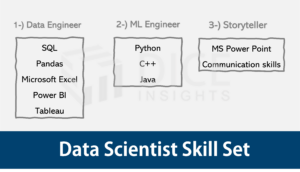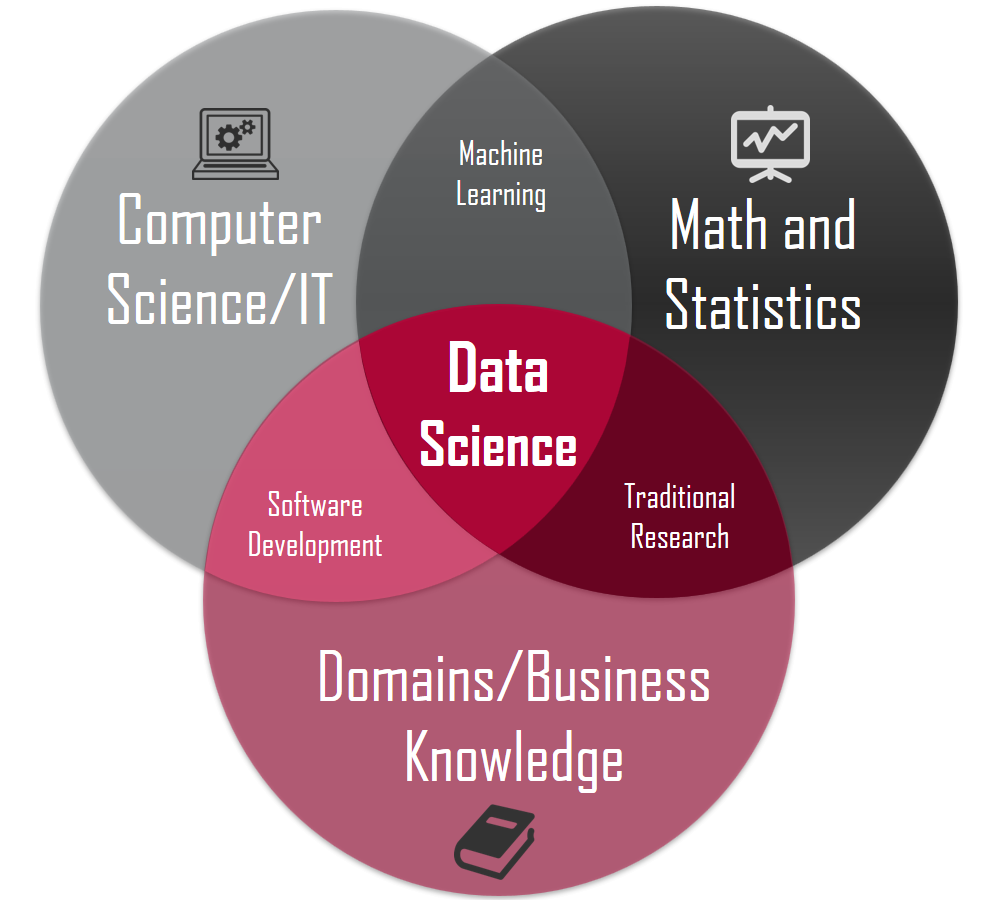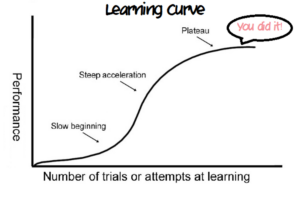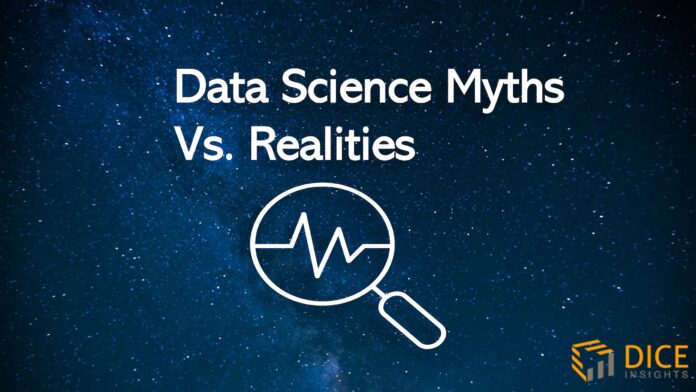Currently, data science is an emerging field in Pakistan and around the globe. While people are increasingly encouraged to adopt data science as a career, they are commonly misguided by common myths that drag them away from the right career path.
To acquaint rookies on this pitfall, this article breaks the five most common myths in data science and offers exclusive career advice from Pakistan’s Analytics expert Mr. Ali Raza Anjum. On completing this discourse you will be empowered enough to find a high paying data science job by learning the essential data scientist skills.
IMPORTANT: To remain concise we refer to Data Science as DS and Machine Learning as ML at some places in the content.
Myth 1: Python is Data Science
When individuals think of Data Science they immediately think of Python. While python for data science is a powerful tool, it’s not just the only tool in DS. When it comes to data scalability, Python offers efficient performance as compared to other tools such as MS Excel.
Meanwhile, if you have a small data set, for example, just a million rows or less than that, Excel could do ‘data wrangling’ for you just as Python would do.
For more advanced analytics functions and machine learning tasks, common tools also include SQL, Power BI, and Tableau alongside Python.
Myth 2: Machine Learning and Data Science are same things
Data science and machine learning are two distinct but overlapping areas. A data scientist is always an ML engineer, but an ML engineer is not always a data scientist.
Rather, data scientist skills cover three core sets.
- Data engineering skills
- Machine learning skills
- Storytelling skills
All the three skill sets will make an ideal data scientist. We have boiled down these skills in the following graphic.

These data scientist skills are discussed in detail in our exclusive career guide from Pakistan’s leading data scientist ‘Mr. Ali Raza Anjum’ at how to become a data scientist in Pakistan.
Myth 3: Kaggle will make me good Data Scientist
Kaggle is an online Machine learning platform that enables data scientists to access thousands of ML codes as well as carefully created datasets for ML applications. It’s a free platform by Google that empowers the data science community globally with access to GPUs.
While, spending your time on Kaggle will improve your machine learning capabilities; the community published ML content is a fast way to solve your data science problems, it’s part of the wider Data Science job. As explained earlier, data scientist skills, alongside machine learning, also includes tasks such as data engineering, and storytelling.
Giving time to Kaggle is absolutely necessary to improve ML engineering skills, but it’s not that you become a data scientist just by doing that.
Myth 4: Data Science is 100% IT Job
Individuals consider data science as a 100% IT job that requires sound technical skills such as coding and database knowledge. Although it’s true to some extent, data science in reality is a ‘Techno-commercial’ job that is a mix of technical, mathematical, and domain knowledge.
The theoretical definition of Data Science states it as a mix of three fields. These include, IT/computer science, Mathematics and Statistics, and Domain/Business knowledge.
All these three areas combine together to establish three key skill areas that cover the ability to code, building mathematical models, and understanding and relating business problems for analysis.
Interestingly, No-code Data Science tools such as KNIME are currently emerging that lets non-IT individuals enable Data Science related tasks using drag and drop layout. That’s even more proof for DS to be a techno-commercial field.

Myth 5: Data Science is Static Skill set

Finally, the last myth in the list is the ‘Static Skill misconception’.
When rookies land on a data science job they think it’s the end to their 18 or possibly 22 years struggle in academia and industry, that their destination has reached.
The ‘Learning curve‘ of data science is a steep one. It takes a slow start, accelerates in the mid term, and reaches a plateau at the far end.
Therefore, at the start of a career a data scientist by process should always be learning making use of knowledge and information everyday from online sources.
As the poetry goes:
منزل سے آگے بڑھ کر منزل تلاش کر
مل جائے تُجھ کو دریا تو سمندر تلاش کر
Translation:
Find the destination beyond the destination
If you are able to find a river then find the sea
Here’s the video that covers ‘Data Science Myths’ as part of a seminar on ‘A Day in the Life of a Data Scientist’ presented by Dice Analytics co-founder, Mr. Ali Raza Anjum.
Lets hear from you!
Your experience can teach us a lot! We would like to hear about your journey in Data Science in the comments section. What hurdles did you overcome and what strategy did you use?



Talking about my experience, I myself was under the influence of myth no. 5, yes i wanted a break from studies. But as i moved forward in my professional career it was clear on me that I need to invest some of the time in learning new things within the rapidly changing industry. Here’s what I did:
Tip: I scheduled 1-2 hours over the weekend to study about news on Data Analytics. It helped keep my knowledge updated and gave an edge over other employees.
Moreover, I also invested some time from office hours thinking about innovative ways to accomplish the same task. Sounds very interesting!
Wonderful article that helped me in understanding and demystifying the DS world.
We are glad that you find it useful. Thanks for your feedback. We wish you have learning along the way!